How do I plot a histogram where the axis are thickness and angle, and the colour value of the given coordinate is the photons counted by that combination?
Do you mean a three dimensional histogram?
Or a two dimensional scatter plot with a third dimension encoded by color?
In either case, humans perceive color in highly non-linear ways, compared to how we encode color values into software.
One should probably avoid the Rainbow Map, because although it promises the broadest possible range of color values to map your photonscounted to, people can't distinguish between numerically different, but perceptually similar colors, particularly in the green and yellow portions of the spectrum.
Heat maps, which range from red to green, fare better, except that the most common form of color blindness impedes discernment of red and green.
Grayscale may seem more accessible to all but the fully blind, except that your choice of background distorts the color encoding. If you choose a white background, white values for photonscounted may blend invisibly with the background while everything darker than 50% gray will seem black. Likewise, if you choose black, only lighter points will be visible, but compared to black, all will seem white. Gray mediates the issue, but while it highlights the extremes, blurs out the average.
